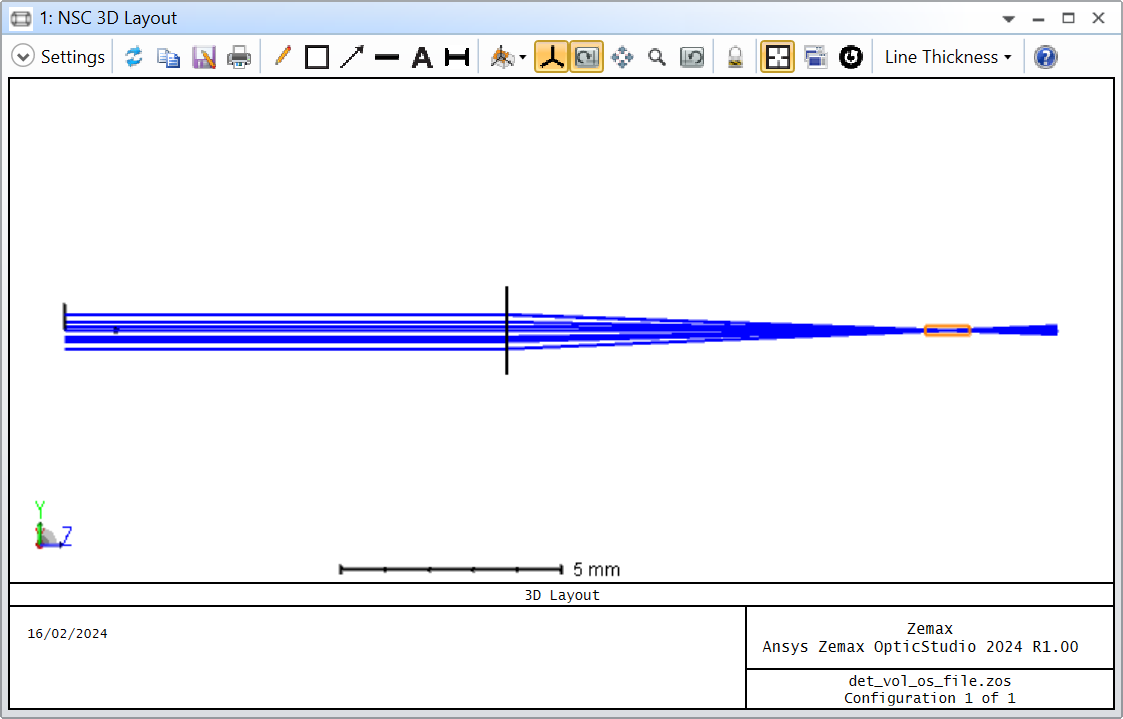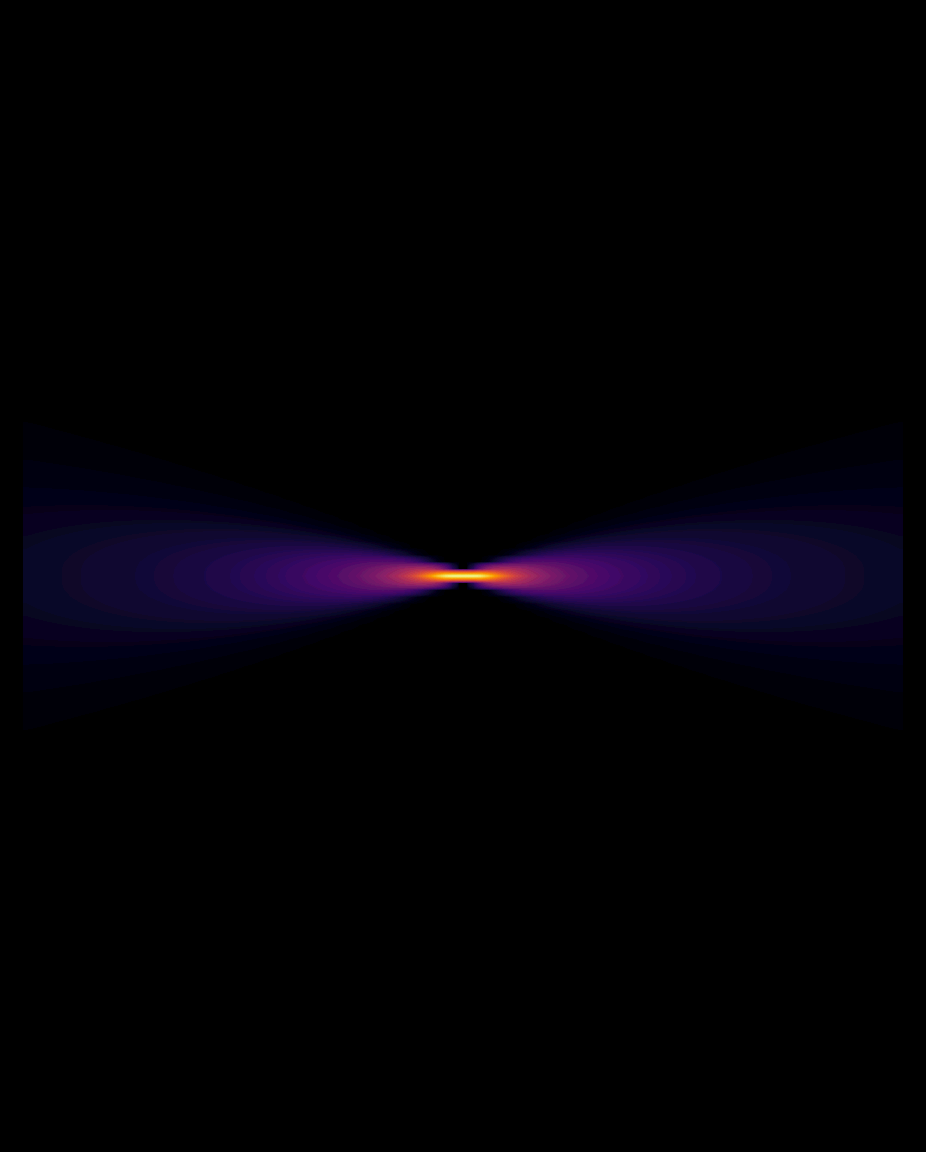Hello! I am trying to extract the data for a non-sequential volume detector for intensity at each X and Y coordinate along a Z slice for each Z slice. The intention is to eventually make an interactive python plot with a cross section, but I am struggling on actually extracting the detector data using the python API? Anyone have any tips? Thanks :)
Enter your E-mail address. We'll send you an e-mail with instructions to reset your password.







